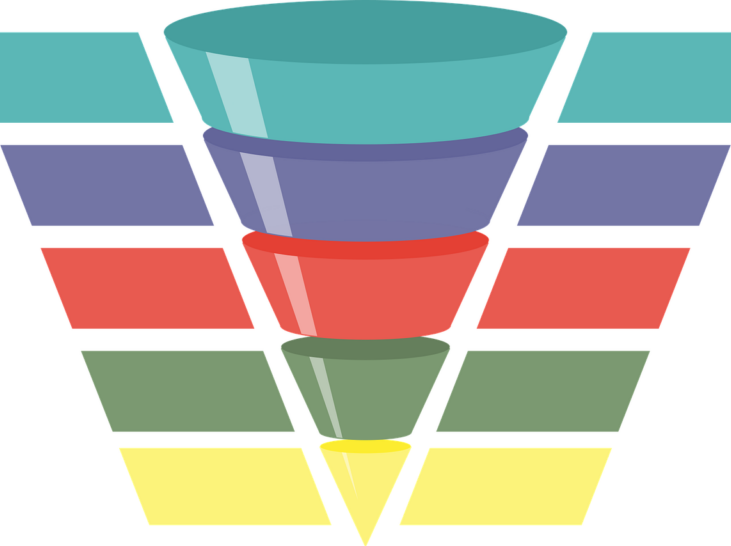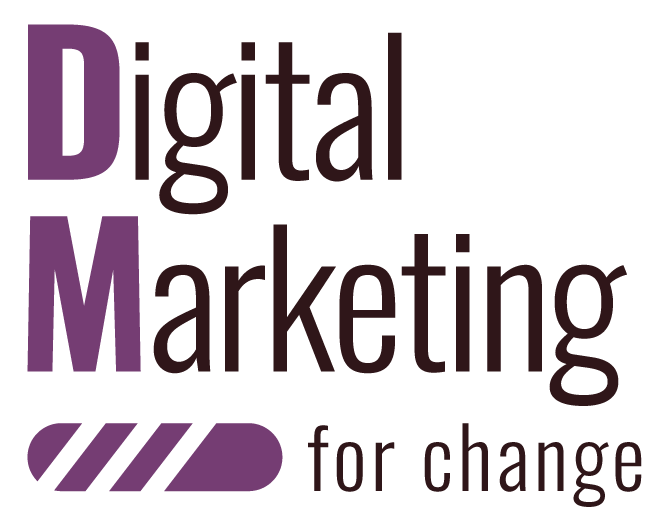How to Create a Keyword Strategy
Ashley Kochans | 1.20.21
What is a Keyword Strategy?
A keyword strategy goes beyond simple SEO research. Planning a keyword strategy requires a clear understanding of your digital marketing goals and your place in the online ecosystem. The most effective way to structure a keyword strategy is to mirror your keywords after the customer journey.
The first step of any good strategy is to identify the keywords that you and the competitors are ranking for. The more thoroughly you research your competitors, the better you can define your keyword targets. Target keywords are a list of the search terms you’d like to rank for. Large sites will have hundreds, but even the newest site should start with 1-10.
Now comes the hard part. How do you determine which content to assign to which keyword? How do you know whether to build out new web pages from scratch or to optimize one of your existing pages? The most effective way to plan your content around keywords is to think about each stage of the conversion funnel.
The Sales Funnel Theory of Keywords Strategy
You’ve likely heard of a marketing funnel. This upside-down pyramid represents the journey each user takes from the time they first hear of your product, to the time they purchase it.
In real life, it often takes several touch points with potential clients before you’re able to make a sale, and the digital shopping experience is no different. Before a user takes a desired action on your site (donate, subscribe, purchase, etc.), they’re likely to interact with you in some lower-cost way.

User searches are the words that people use to enter your marketing funnel, engage with your site, and eventually, convert. The sales funnel has 4 primary stages: Awareness, Interest, Decision, and Action. Do your best to model your keywords, and the content you choose for each keyword, along with these stages.
1. Awareness
The awareness stage is the first time that your target audience interacts with your brand. Keywords that represent this stage of the funnel are very broad, and often highly searched. They are:
- Short-tail keyword phrases
- Head terms (seed words)
- 1-3 word phrases
- High search volume
- Typically, high competition
- Do not demonstrate high purchase intent
2. Interest
The first interaction with a user rarely leads to conversion. To keep a potential client’s interest, you need to appear on the first page of Google. The types of keywords that are best kept for the interest stage come in two categories:
- Evergreen keywords, which cover topics of long-term popularity
- Emerging trends, which are rising keywords that are just starting to peak
Ranking algorithms are largely powered by momentum. For evergreen keywords, it will be hard to rank on that page if it is already impacted by competitors. The best way around this is to find new keywords using emerging trends.
3. Decision
The top-of-the-funnel terms have a low potential to convert because they’re not specific. Keywords that correspond to searches with high purchase intent are longer than 3 words. These long-tail keywords might contain the following elements of your product:
- Target Audience
- Intended Use
- Other Attributes of the Product
4. Conversion
As the buyer continues to learn about the product or service they’d like to buy, their searches become even more specific. These long-tail keywords may be lower in search volume, but they demonstrate high purchase intent. The best place to uncover these keywords is by using your competitor’s links.
Build Your Own Keyword Strategy
Know it’s your turn. The first step of planning content around keywords is identifying what stage of the buying process your buyers are at. Pick 3-5 target keywords for each stage of the funnel with your site by following the activity in this slide show.
